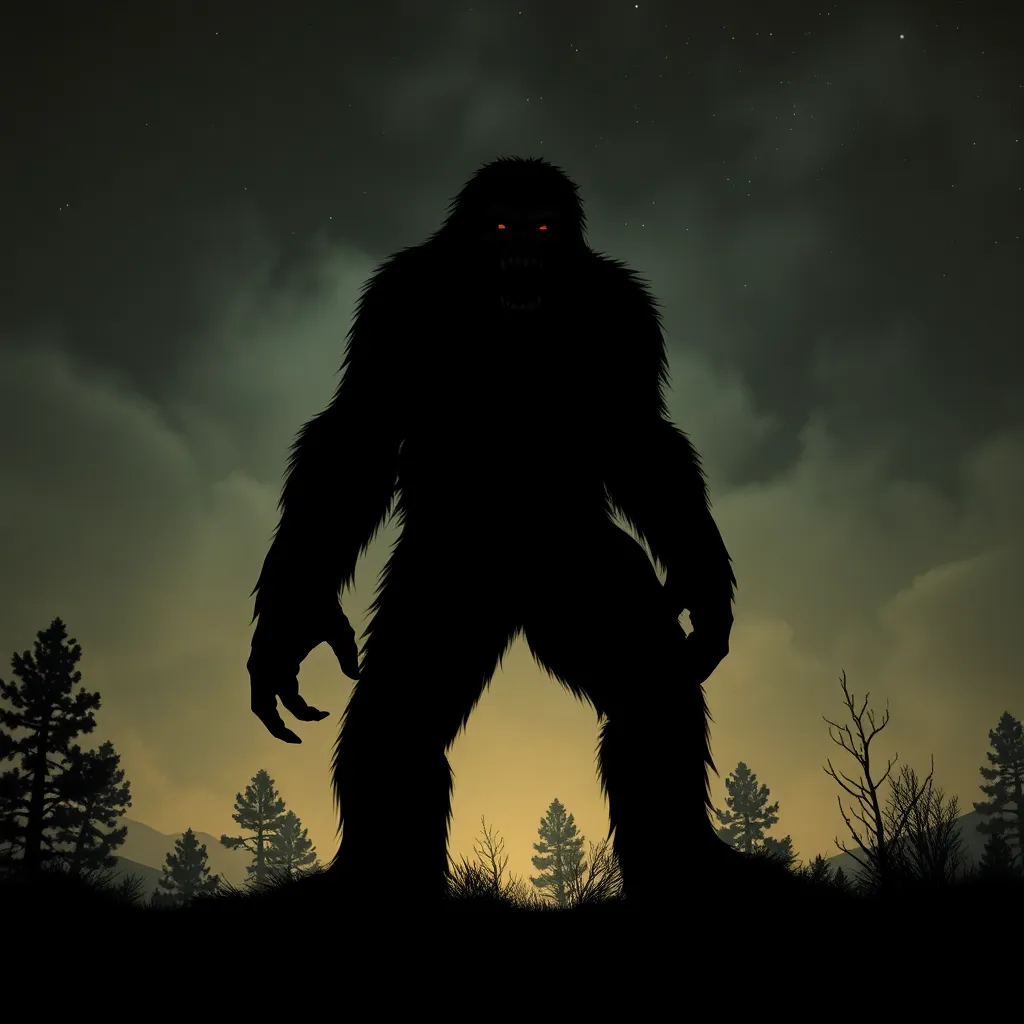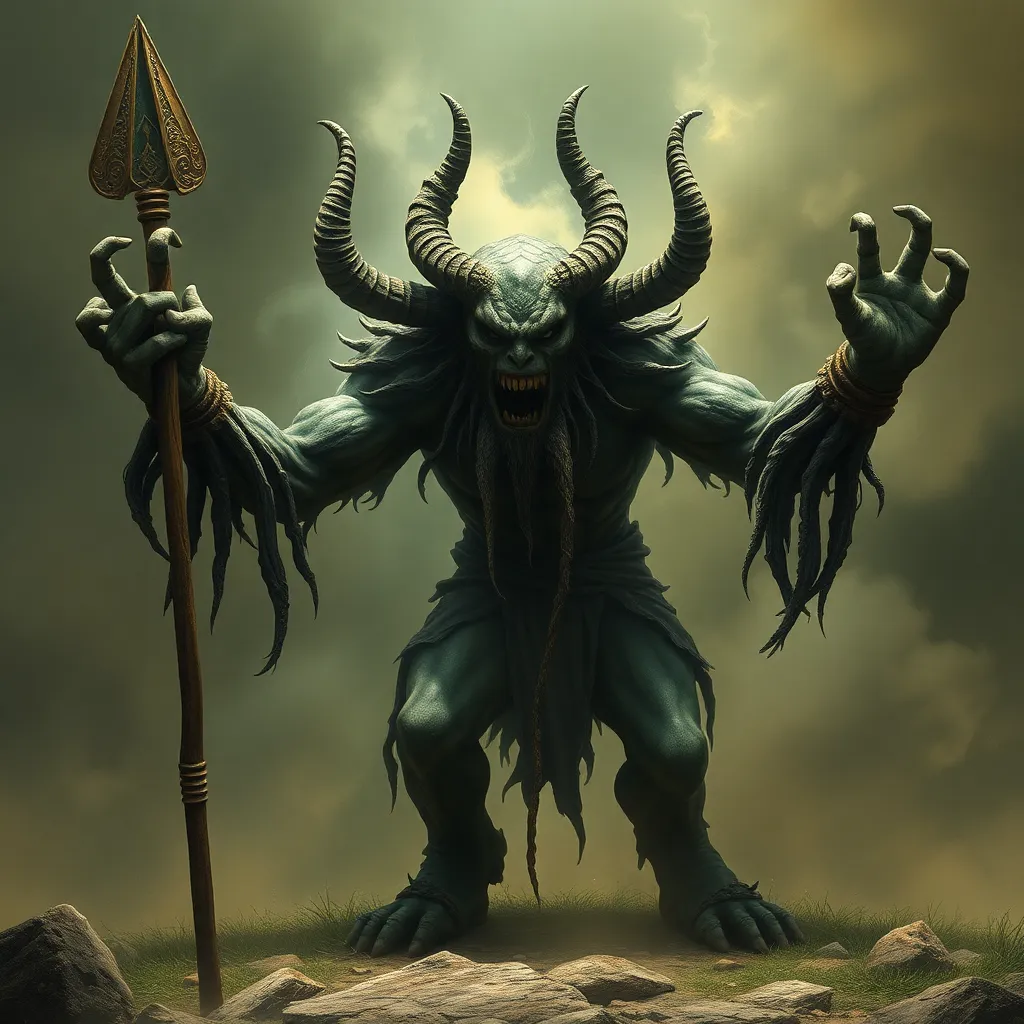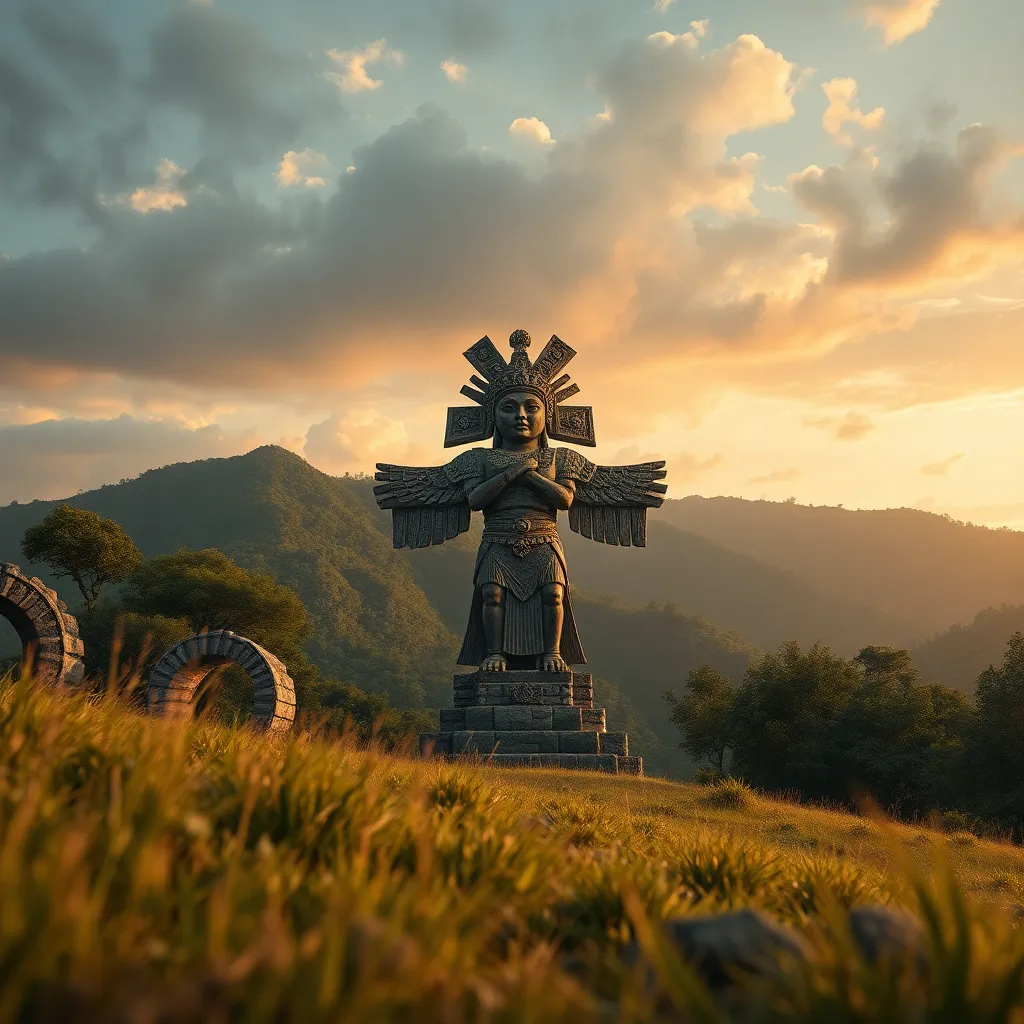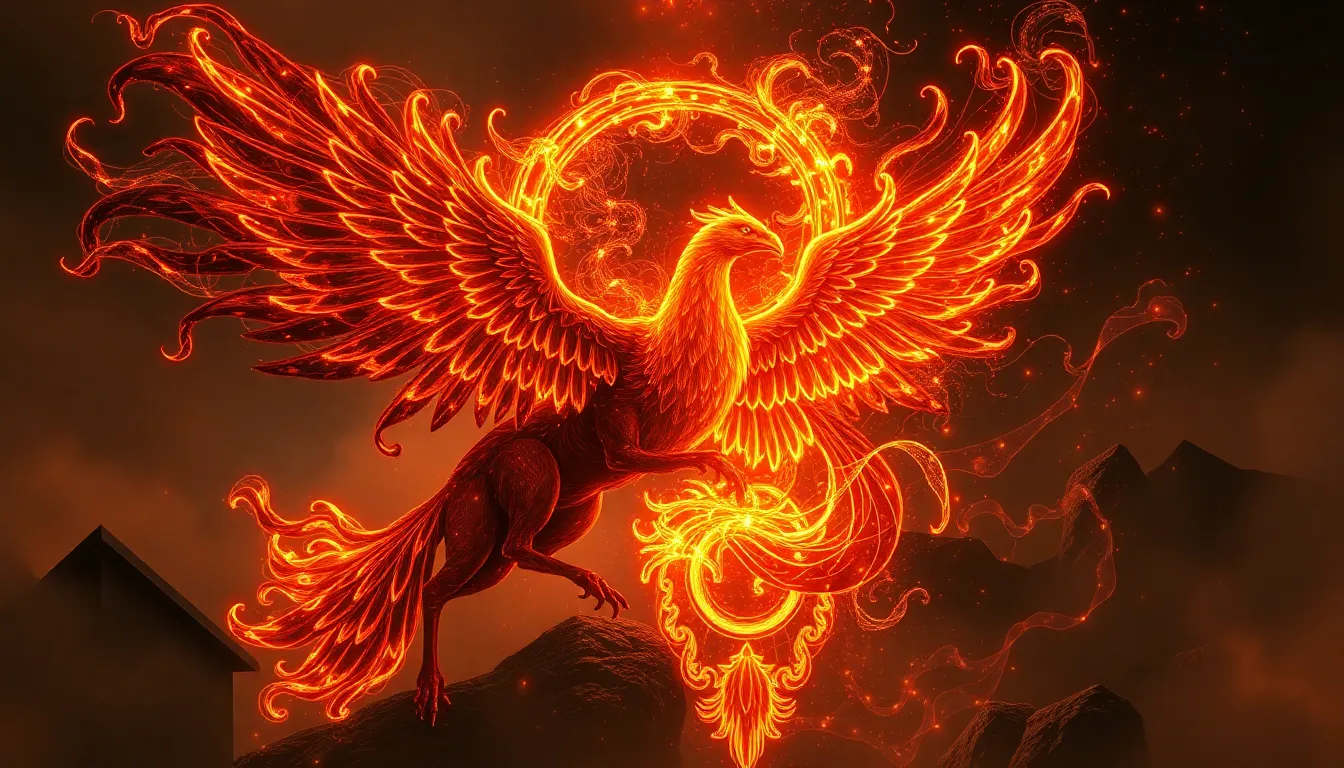The Mogollon Monster: A Southwestern US Bigfoot Myth
I. Introduction to the Mogollon Monster
The Mogollon Monster is a legendary creature said to inhabit the forests and mountains of the Mogollon Rim in Arizona’s Southwestern United States. Often described as a type of Bigfoot, this creature has garnered attention for its elusive nature and the mysteries surrounding it.
This myth holds cultural significance in the region, symbolizing the interplay between human curiosity, nature, and the unknown. The Mogollon Monster represents not only a potential creature lurking in the woods but also a connection to the folklore that shapes local identities.
When compared to other Bigfoot legends across North America, such as the Sasquatch in the Pacific Northwest, the Mogollon Monster carries unique characteristics and stories that reflect the specific cultural and environmental context of the Southwestern US.
II. Historical Background
A. Origins of the Mogollon Monster myth
The origins of the Mogollon Monster myth can be traced back to the rich tapestry of Native American folklore. The Mogollon Rim area is named after the Mogollon culture, which inhabited the region over a thousand years ago. Their stories often included references to mysterious beings that roamed the forests.
B. Indigenous folklore and its influence
Indigenous tribes such as the Apache and Navajo have long shared tales of large, hairy creatures that resemble the Mogollon Monster. These stories served not only as entertainment but also as cautionary tales, warning people to respect the wilderness and its hidden dangers.
C. Key sightings and reports throughout history
Throughout the years, the Mogollon Monster has been the subject of numerous sightings and encounters. Notable reports include:
- The 1940s sightings by ranchers in the region who described seeing a large, hairy figure moving through the trees.
- A series of reports in the 1970s, where campers claimed to hear strange noises and witness shadowy figures at night.
- In 2016, a group of hikers claimed to have encountered the creature while exploring the Mogollon Rim.
III. Characteristics and Description
A. Physical attributes commonly attributed to the Mogollon Monster
Witnesses often describe the Mogollon Monster as a large, bipedal creature, standing between 7 to 10 feet tall. Its physical characteristics include:
- Long, shaggy fur that is typically dark brown or black.
- A broad, muscular build that gives it an imposing presence.
- A distinctive, elongated face with deep-set eyes.
B. Behavioral traits and reported actions
The Mogollon Monster is often described as elusive and shy, preferring to avoid human contact. Reports of its behavior include:
- Unexplained vocalizations, such as howls or screams, echoing through the forests.
- Stealthy movements, with witnesses noting that it can traverse the terrain silently.
- Instances of the creature scavenging food from campsites, leaving behind large footprints.
C. Comparison to other Bigfoot species
Compared to other Bigfoot species, like the Sasquatch or the Yeti, the Mogollon Monster is characterized by its adaptation to the arid, mountainous environment of the Southwest. Its reported behaviors and appearances differ slightly, reflecting the diversity of Bigfoot legends across cultures.
IV. The Geographic Context
A. Overview of the Mogollon Rim region
The Mogollon Rim is a prominent geological feature in Arizona, known for its stunning landscapes and diverse ecosystems. This region offers a unique habitat that supports a variety of wildlife, making it a suitable dwelling for the Mogollon Monster.
B. Natural habitats and ecosystems conducive to the legend
The Rim is characterized by:
- Dense forests of pine and fir trees.
- High elevation, which provides cooler temperatures and ample rainfall.
- Rocky terrains and deep canyons that create secluded areas perfect for elusive creatures.
C. Local towns and communities connected to the myth
Several towns near the Mogollon Rim, such as Payson and Pine, have embraced the legend, incorporating it into local culture and tourism efforts. These communities often hold events and festivals that celebrate the Mogollon Monster and its place in regional folklore.
V. Evidence and Sightings
A. Notable eyewitness accounts and their impact
Eyewitness accounts play a significant role in the Mogollon Monster legend. Each sighting adds to the narrative and fuels interest in the creature. Some notable accounts include:
- A 1990 report from a family camping near the Rim who heard strange sounds and saw a large shadowy figure.
- A 2008 sighting by a group of hunters who claimed to have seen the creature at dawn.
B. Analysis of physical evidence (footprints, hair samples)
Physical evidence supporting the existence of the Mogollon Monster includes:
- Footprints found in the mud, often measuring over 16 inches long.
- Hair samples collected from the forest floor that have yet to be definitively identified.
C. Role of photographs and videos in the legend’s evolution
Photographs and videos have played a crucial role in the evolution of the Mogollon Monster myth. While many alleged images have been debunked, they continue to spark curiosity and debate within the cryptozoology community.
VI. The Cultural Impact of the Mogollon Monster
A. Influence on local tourism and economy
The Mogollon Monster has become a significant draw for tourists, with local businesses capitalizing on its fame. Visitors often seek out guided tours, merchandise, and accommodation options themed around the legend.
B. Representation in media and popular culture
The creature has made appearances in various media forms, including documentaries, podcasts, and even fictional works, further cementing its place in popular culture.
C. Community events and festivals celebrating the myth
Local communities organize events such as:
- Mogollon Monster Day, where locals and visitors come together for fun activities.
- Storytelling nights featuring tales of encounters with the creature.
VII. Skepticism and Scientific Inquiry
A. Examination of scientific perspectives on Bigfoot myths
Many scientists remain skeptical about the existence of creatures like the Mogollon Monster, often attributing sightings to misidentifications or hoaxes. The scientific community generally calls for more rigorous evidence before accepting such claims.
B. Critiques of the evidence presented
Critiques often focus on:
- The lack of concrete physical evidence, such as remains or verified DNA.
- The tendency for eyewitness accounts to be influenced by cultural myths and psychological factors.
C. The role of folklore in understanding human psychology
Folklore, including the Mogollon Monster myth, plays a critical role in understanding human psychology. It reflects societal fears, cultural values, and the need for storytelling as a means of making sense of the unknown.
VIII. Conclusion
The Mogollon Monster remains a fascinating aspect of Southwestern folklore, embodying the intersection of myth and reality. Its significance lies not only in the stories told but also in how it shapes local culture and community identity.
Legends like the Mogollon Monster continue to endure in contemporary society, reminding us of our innate curiosity about the mysteries of the natural world. As we explore the balance between skepticism and belief, the Mogollon Monster invites us to ponder the broader implications of myth in our lives.
In the end, the Mogollon Monster serves as a testament to the power of storytelling and the human experience, illustrating how legends can thrive even in a world driven by science and rationality.




